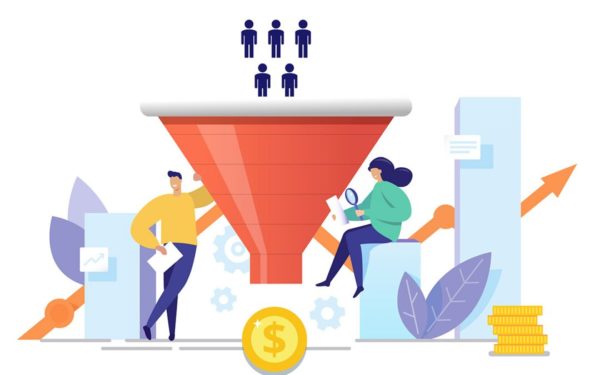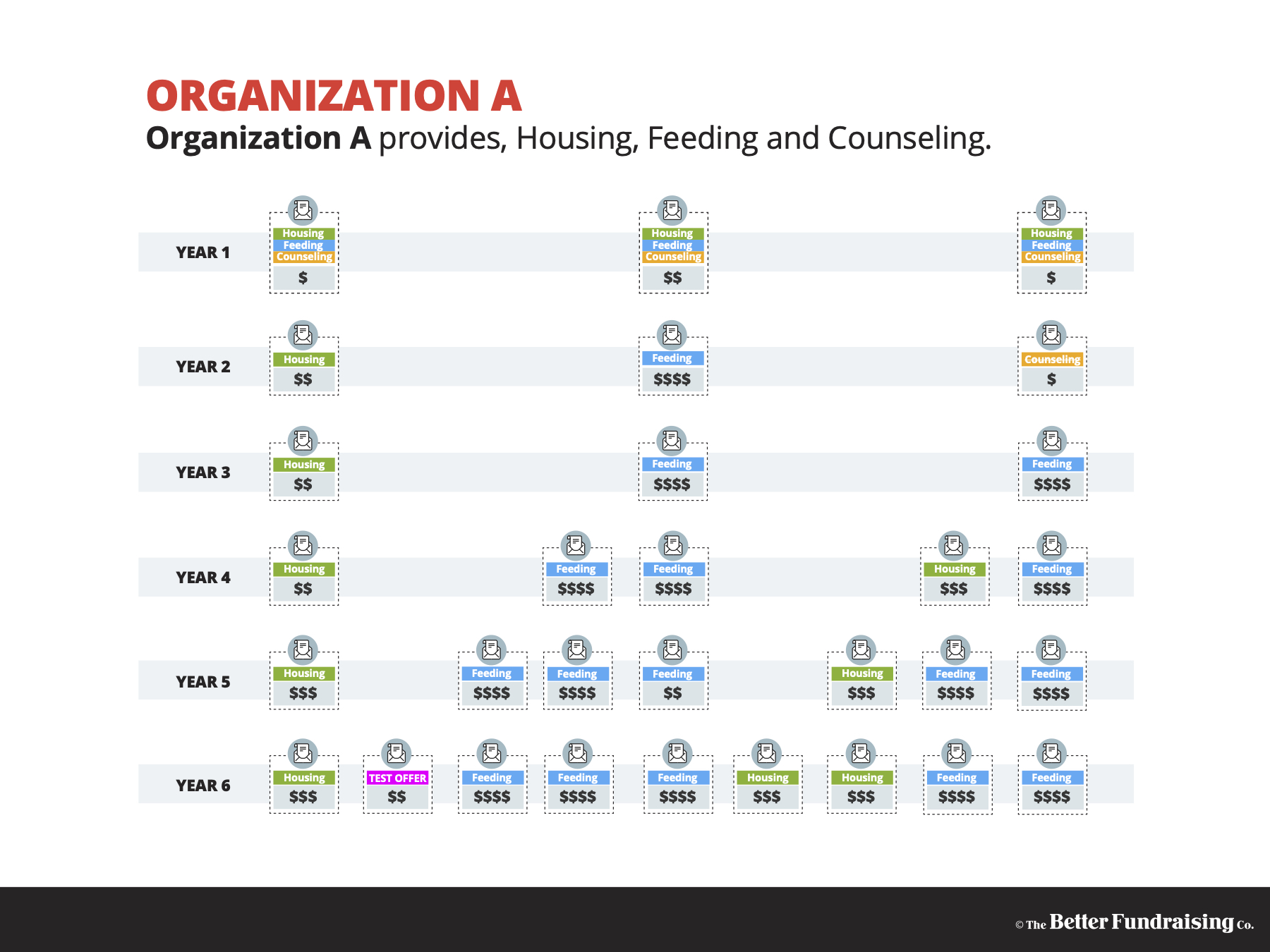If you’re thinking about doing paid donor acquisition, you need to learn to think in the medium-term.
Here’s the story…
Two organizations we’re honored to serve spent significant sums on donor acquisition right before the pandemic. One spent about $500,000, the other spent a little less than $1,000,000.
Both efforts lost money that year. The campaign that cost $500,000 raised about $390,000. The campaign also acquired new donors, to be sure. But loud voices in the organizations disparaged the campaign.
And it’s easy to see why the campaign was disliked IF you’re thinking in the short term.
However, we recently looked back at all the donors that were acquired in that campaign. The organization discovered that those donors had given over $4,100,000 since being acquired.
Getting a return of $4,100,000 on an investment of $500,000 is a pretty good deal. What looked like a “loss” of $110,000 in the short term was a gain of $3,600,000 (and counting!) in the medium-term.
(Of course there have been costs to cultivate those donors in the intervening years, but they are super minimal.)
What’s more, the organization would have been in real trouble during the pandemic if they hadn’t had those donors helping out.
If your organization is thinking about moving into paid donor acquisition, I hope this story serves as encouragement. Moving to paid donor acquisition is a big step forward in an organization’s growth. And you can read this post too, which will help you think critically about how to “make the leap” for your organization in particular.
In short-term thinking, investing in donor acquisition a losing proposition. In medium-term thinking (and beyond), investing in donor acquisition is investing in the growth and stability of your organization.



